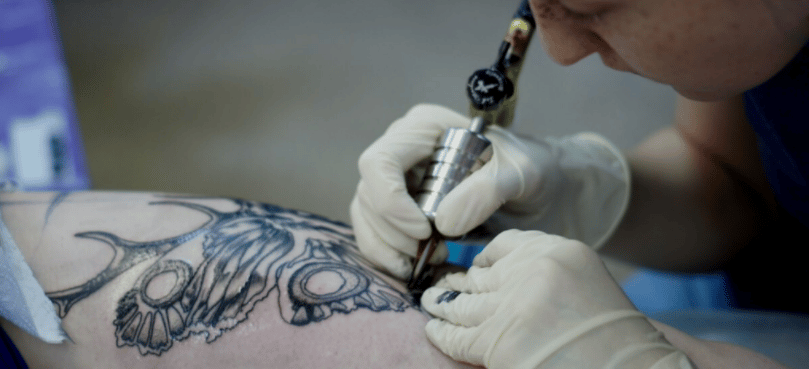Sports first aid is the emergency treatment provided to an individual who sustains injury during sport or exercise. It ranges from injuries such as cuts and bruises to more critical issues such as broken bones, concussion, or sudden collapse.
The objective is to deal with minor injuries immediately, alleviate pain, and prevent more serious injuries from worsening. In some situations, rapid intervention can save a life or avoid long-term damage.
Coaches, trainers, PE instructors, or volunteers usually administer sports first aid, so they need to be properly trained to handle emergencies.
Why It Matters in Sport
Injuries are a part of most sports, ranging from a pulled muscle, twisted ankle, or a bump to the head. While most are minor, a few can be serious — particularly in contact sports or high-speed or physical strain events.
When a player goes down on the pitch, those initial few minutes are critical. A composed and trained first aider is able to evaluate what’s happening, provide early treatment, and determine whether or not medical assistance is required.
Players, parents, and organisers of team sports all hope that someone will be able to react quickly. It helps safeguard the health of players and demonstrates the sport is being managed responsibly.
Common Sports Injuries
Sports first aid training targets injuries more prone to occur when being physically active. These are:
- Sprains and strains – usually due to sudden changes of direction or overuse
- Fractures and dislocations – typically due to falls or collision
- Head injuries – including concussions, which have to be treated seriously
- Cuts and grazes – from falls or collisions with other players
- Heat exhaustion or dehydration – particularly in prolonged events or high temperatures
- Breathing difficulties – e.g. asthma exacerbations during exercise
Having a knowledge of how to deal with these injuries on the spot, and when to seek emergency assistance, is an important aspect of sports first aid.
What’s Covered in a Sports First Aid Course?
Courses are typically one or two days and a combination of classroom instruction and practice. Some are designed for coaches or teachers, some for sports clubs or outdoor activity instructors.
They typically cover:
- Evaluating injuries and determining what to do
- Handling unconscious casualties
- Basic life support, CPR and defibrillator operation
- Spinal injury and head trauma management
- Soft tissue injury treatment such as sprains and strains
- By using cold packs and compression
- Recognizing and handling concussion
- Preventing and managing heat exhaustion
Trainers tend to utilise real-life situations and role-playing so that students can practice dealing with injuries within pressure. Most programs include basic health and safety and record-keeping as well.
Maintaining Skills Current
Like all first aid, sports first aid skills should be kept fresh. Most certificates last for three years, but it’s a good idea to take refresher sessions more often if you’re regularly involved in sport.
In fast-moving situations, confidence and quick thinking are just as important as knowledge. Regular practice helps first aiders stay calm and act correctly when it really matters. Contact Inspirational training for more information.
Most sports clubs and schools incorporate sports first aid as part of the standard training for coaches and staff now. It’s not about filling in a box — it’s about keeping people safe.
Related: How To Become A Female Soccer Player


















Active Noon Media is the largest local to national digital media website that represents the voice of the entire nation.